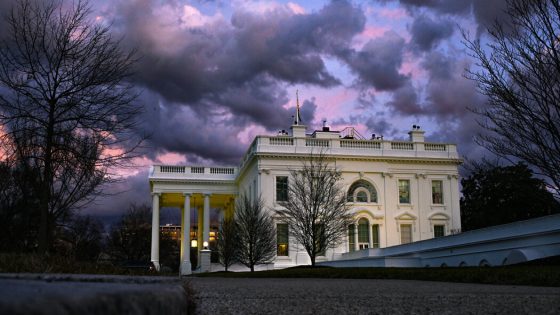Reynolds said he believed dissatisfaction with Labor in his patch of Canterbury-Bankstown and elsewhere, and a lack of Liberal candidates, would mean more independents were elected.
Across Sydney and Wollongong, nearly 60 council candidates signed a “pledge” by Sydney YIMBY (Yes In My Backyard) agreeing that more housing of any type – market or non-market – improves housing affordability, and pledging to increase the density of their local government area.
Signatories include Sydney Lord Mayor Clover Moore and her key rivals, Willoughby Mayor Tanya Taylor, Inner West Mayor Darcy Byrne and all Labor candidates for Inner West Council.
But a Herald survey of candidates revealed continuing unease about the government’s planning policies, especially on the north shore and in the Hills Shire, while some groups have split on the issue, particularly between younger and older council hopefuls.
Liberal candidate for Canada Bay Hugo Robinson signed the YIMBY pledge, but the lead candidate on his ticket, incumbent mayor Michael Megna, is campaigning against overdevelopment and told the Herald the state government was “imposing 40,000-plus new residents in our council area”.
“The streets aren’t getting any wider to take the traffic, the infrastructure isn’t planned to take up the new population,” Megna said.
A Labor candidate for the Rosehill ward of Parramatta Council, Patricia Prociv, signed the YIMBY pledge but is campaigning for “sustainable development, not overdevelopment”, and opposes the redevelopment of Rosehill racecourse for housing. “The racecourse is an asset and it’s a historical asset. Nobody’s talking about getting rid of Randwick,” she told the Herald.
Prociv suggested the area around the racecourse, including Camellia, should be redeveloped for housing, but a holistic master plan was needed first. “We’ve done our fair share of development and uplift. It’s no use bunging in a whole lot of towers and thinking it’s going to work, she said.
Children play in the car park at Wentworth Point. Credit: Rhett Wyman
“The prime example is Wentworth Point. Tens of thousands of people have moved in there with the promise of a park – it’s still not there. We cannot build another Wentworth Point.”
In Bayside Council, two candidates for the group Peaceful Bayside signed the YIMBY undertaking, but the party’s platform warns that the area “should not be overburdened with Sydney’s housing requirements”. And one of its lead candidates, Maria Poulos, runs the group “No Overdevelopment in Pagewood Eastgardens”, or NOPE.
Poulos said the group was “a broad church” and she was not against development, but it had to be well-located, with infrastructure, services and green space.
In other areas, opposition to the state government’s Transport-Oriented Development Program is pronounced. Liberal candidate in the Hills Shire Jacob Jackson said it was the number one issue in the area, and he would do “everything possible” to stop it.
“The Hills has always delivered on its housing targets responsibly,” he said. “Every Hills resident knows that these additional developments will smash our already under-pressure roads and infrastructure.”
The government has already given several councils extensions on their TOD sites and delayed the bulk of its far-reaching low- and mid-rise housing reforms beyond this weekend’s election.
Former Labor housing minister David Borger, who convenes the pro-housing lobby group Housing Now, said the government would obviously monitor the election outcome but it would be difficult to interpret a clear message on housing, especially in the absence of 140 Liberal candidates.
“We haven’t seen the citywide opposition that people might have thought when Chris Minns started pushing housing about a year ago,” he said. “That’s probably the best indicator this might not be the backlash election on housing and density.”
Borger said the election was an opportunity for voters to demand change. “We can actively challenge the ‘Not In My Backyard’ culture that has stifled development for decades, and finally find a path to address and resolve the lack of supply and affordable housing across Sydney.”
Election analyst Ben Raue said it was difficult to define candidates as “anti-development” as their positions were often obscure, but development sceptics were already a strong force in local government.
“It’s a structural thing that pushes councillors to be anti-development, because boundaries create an incentive to represent current residents, particularly home-owners, over potential future residents,” he said.
Find what your council candidates say below:
Source Agencies


